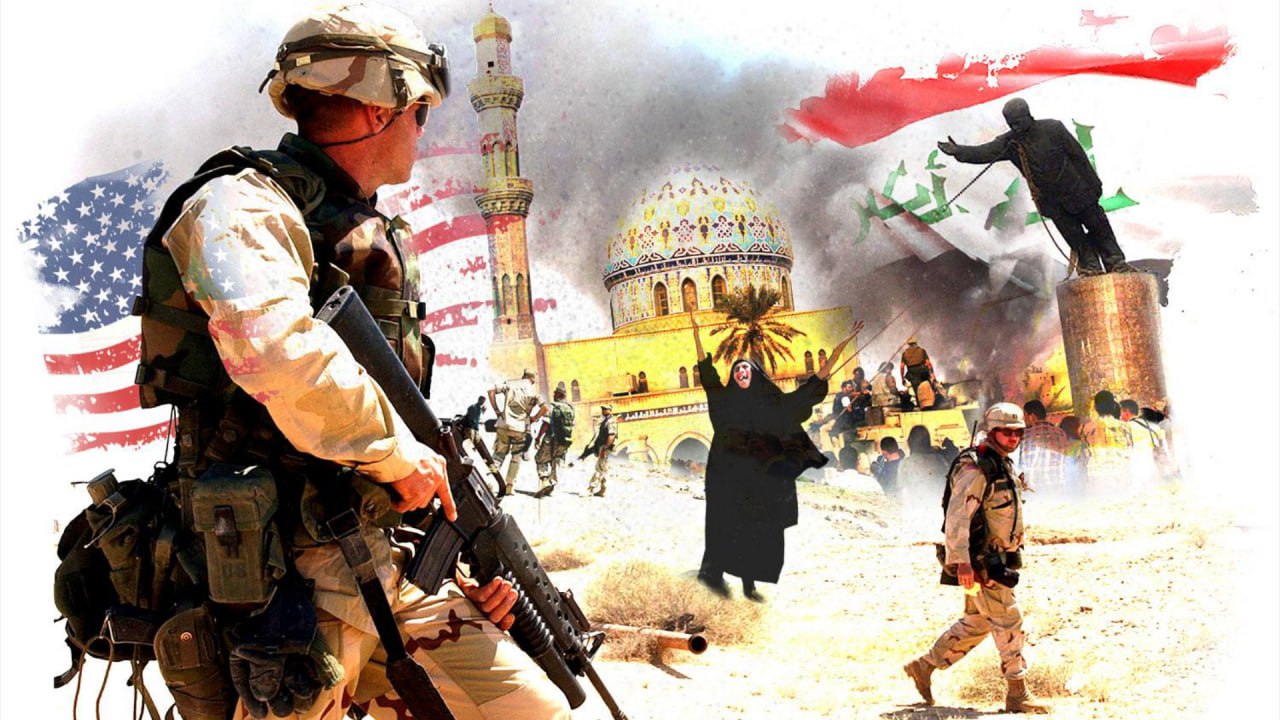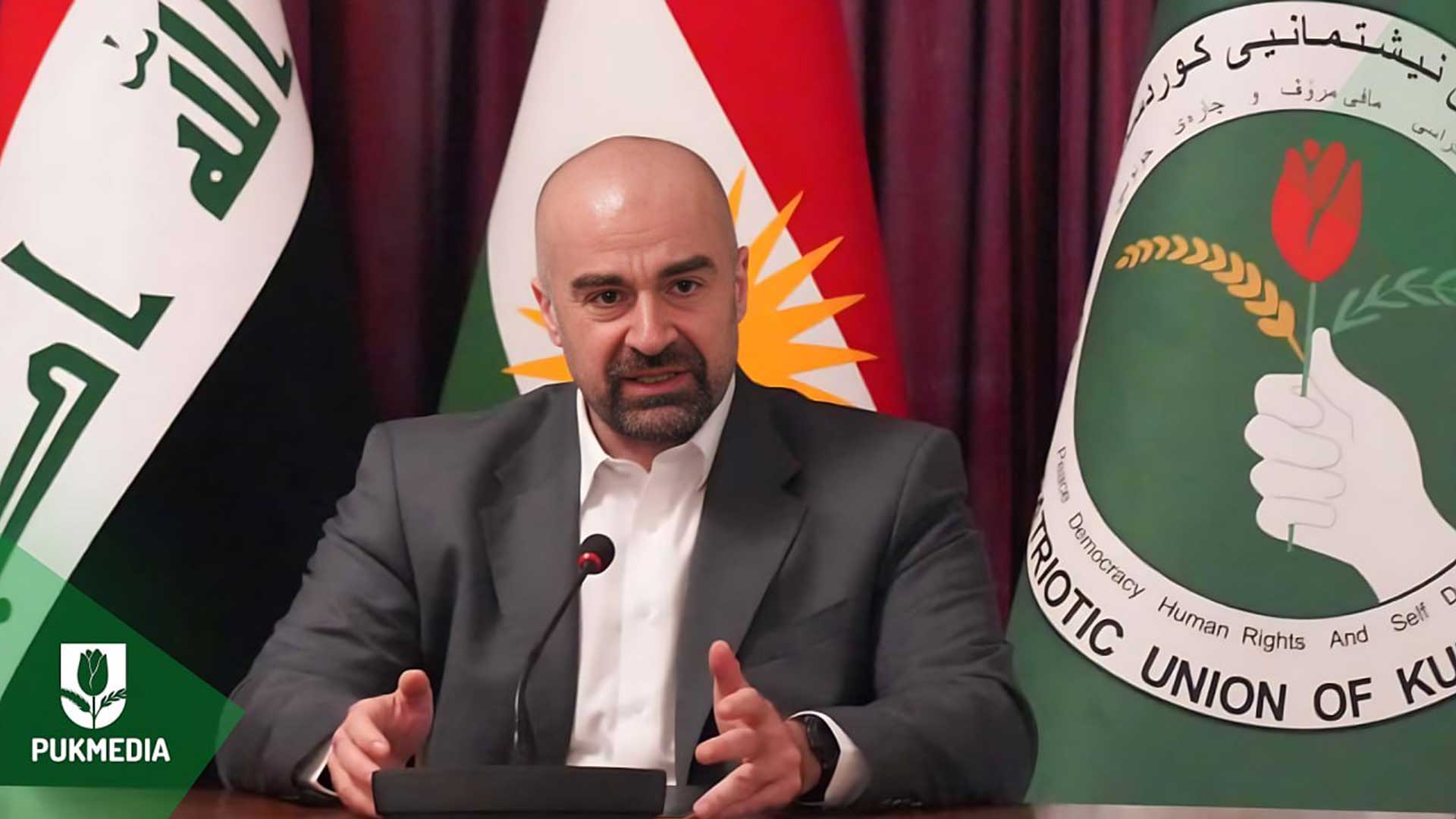Twenty years pass over the fall of Saddam's regime
Iraq 01:00 PM - 2023-04-09 PUKMEDIA
PUKMEDIA
Toppling Saddam's statue.
Today marks the 20th anniversary of the liberation of Iraq from a dictatorship.
There were numerous reasons for Saddam Hussein's overthrow, notably: the Iraqi government continued to ignore UN resolutions on weapons of mass destruction, and Saddam's government continued to manufacture such weapons and support terrorist organizations, particularly al-Qaeda.
The fallen Ba'ath regime brutally tortured all Iraqi communities. When the fallen Ba'ath regime bombed Halabja with banned chemical weapons on March 16, 1988, it killed 5,000 Kurds. The Anfal campaign was another Ba'ath regime atrocity in which 182,000 innocent Kurdish citizens were killed or disappeared. Across Iraq, mass graves where Kurds were buried alive are still being discovered.
Saddam Hussein's Ba'ath regime was toppled on April 9, 2003, after which Iraq was liberated.
The liberation of Iraq for almost 40–45 days aimed to end the destruction and mass killing of the Kurdish people by the Ba'ath regime and the oppression of neighboring countries.
The operation began on March 19, 2003, and lasted until May 1. About 177,000 U.S. troops, 45,000 British soldiers, and 2000 Australian soldiers, along with others from different countries, joined the war to liberate Iraq.
On April 9, 2003, US forces announced the extension of their control over most of the areas, and news agencies reported scenes of a small crowd toppling a statue of the dictator Saddam Hussein at Firdos Square in Baghdad.
Firdos Square entered history on April 9, 2003, as a witness to the liberation of Baghdad with the fall of the statue of Saddam Hussein and the announcement of the end of his fascist party's rule.
PUKmedia
More news
-
Two Emirs, 6 Terrorists Arrested by Kurdish Security Forces
09:40 PM - 2024-05-06 -
DPM Talabani: Kurdistan Has a Skilled Workforce
07:00 PM - 2024-05-06 -
PUK President Arrives in Washington
06:46 PM - 2024-05-06 -
PUK Delegation Signs Agricultural, Investment Contracts in Dubai
08:24 PM - 2024-05-04
see more
IHEC: Ballot Paper are Being Printed
11:14 AM - 2024-05-07
PUK President to Visit U.S.
07:03 PM - 2024-05-04
DPM Talabani to U.S. Senate Delegation: Elections' Delay Harms Kurdistan Region
04:31 PM - 2024-05-04
IHEC Completes 90% Elections' Preparations
11:43 AM - 2024-05-04
Most read
-
Two Emirs, 6 Terrorists Arrested by Kurdish Security Forces
Kurdistan 09:40 PM - 2024-05-06 -
PUK President Arrives in Washington
P.U.K 06:46 PM - 2024-05-06 -
DPM Talabani: Kurdistan Has a Skilled Workforce
Kurdistan 07:00 PM - 2024-05-06 -
The PUK Files Suit in Response to Masrour Barzani's Federal Court Case
P.U.K 03:37 PM - 2024-05-07 -
IHEC: Ballot Paper are Being Printed
Kurdistan 11:14 AM - 2024-05-07






 Application
Application


